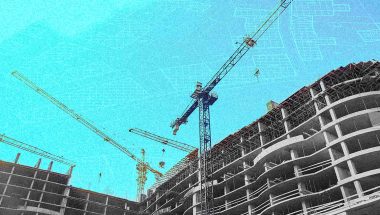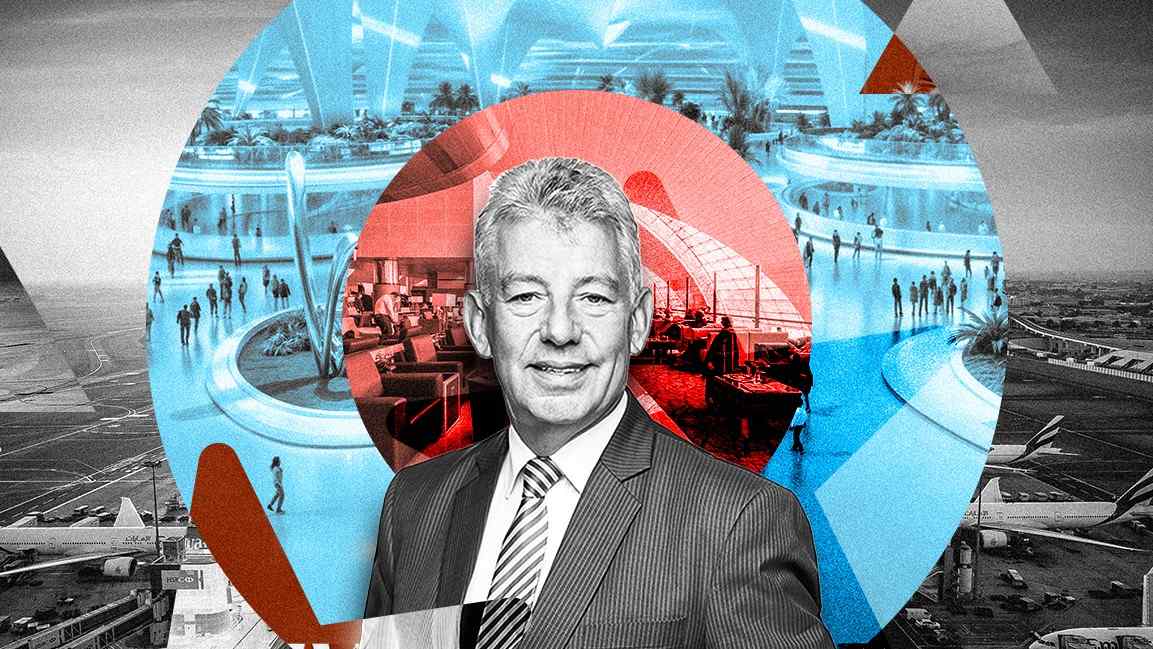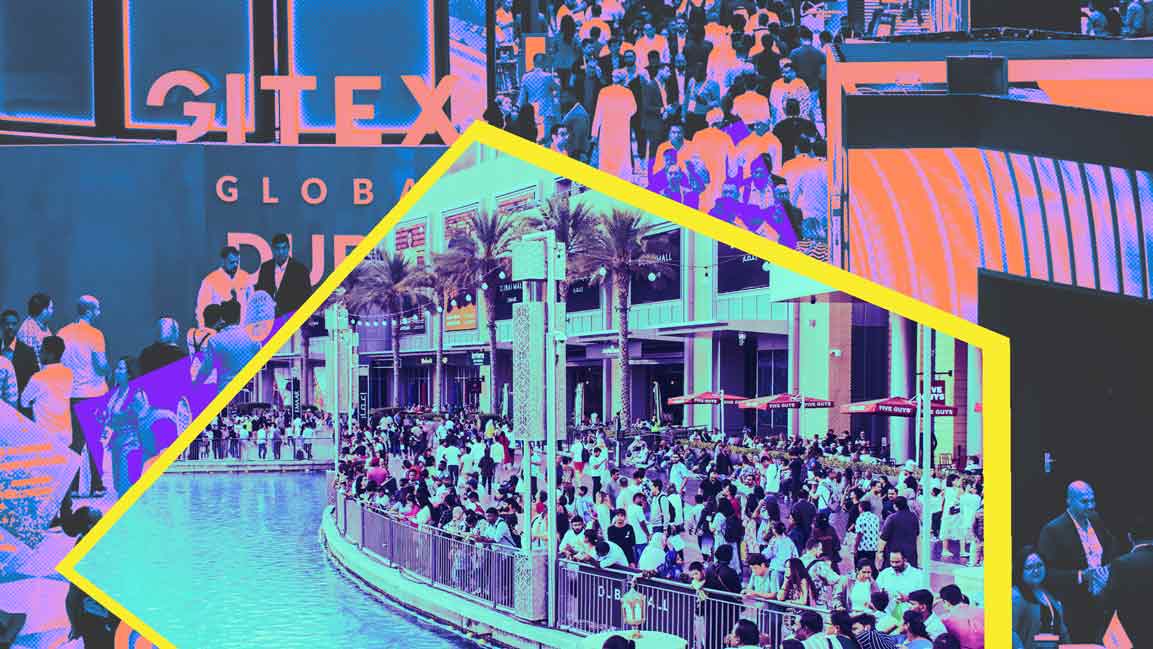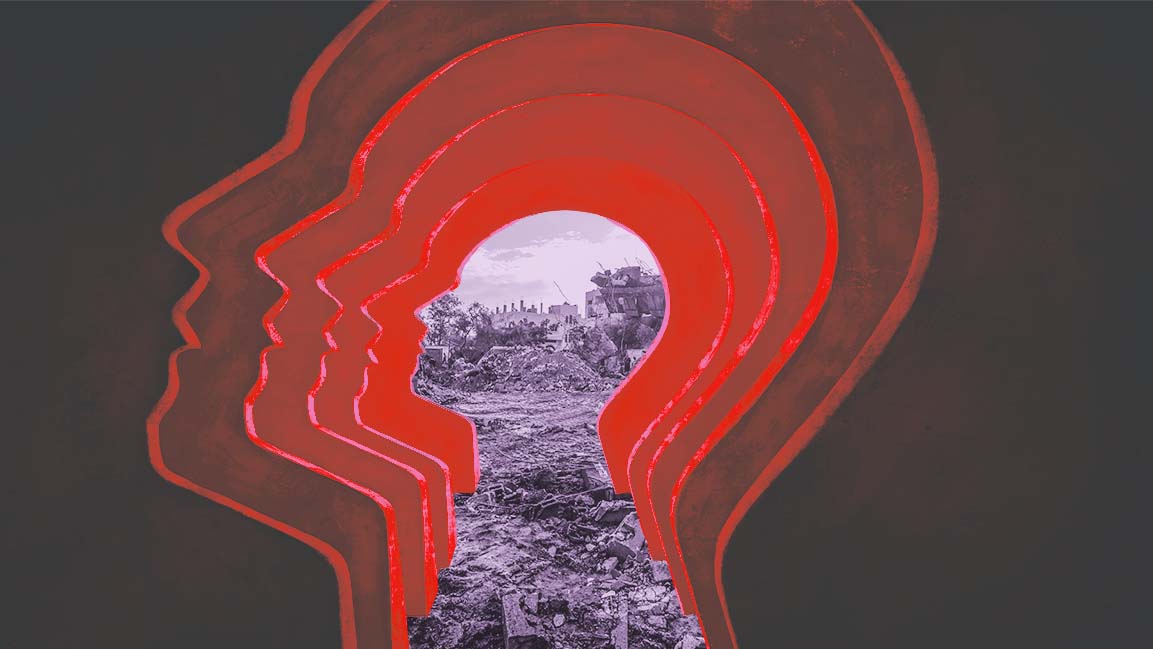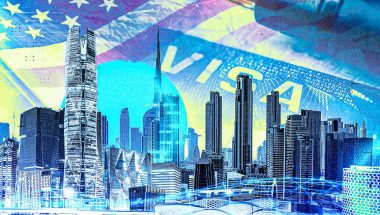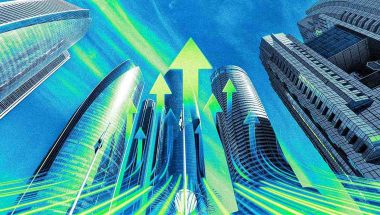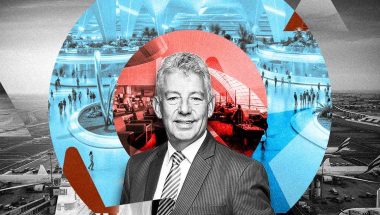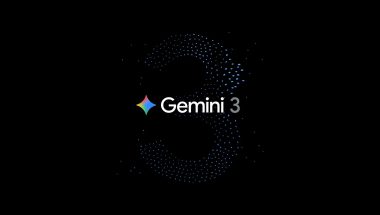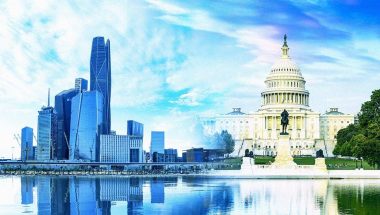- | 9:00 am
Why should more cities in the Middle East follow Abu Dhabi’s green blueprint?
Experts say green spaces cool cities, reduce healthcare costs, and enhance livability, directly translating into economic competitiveness.
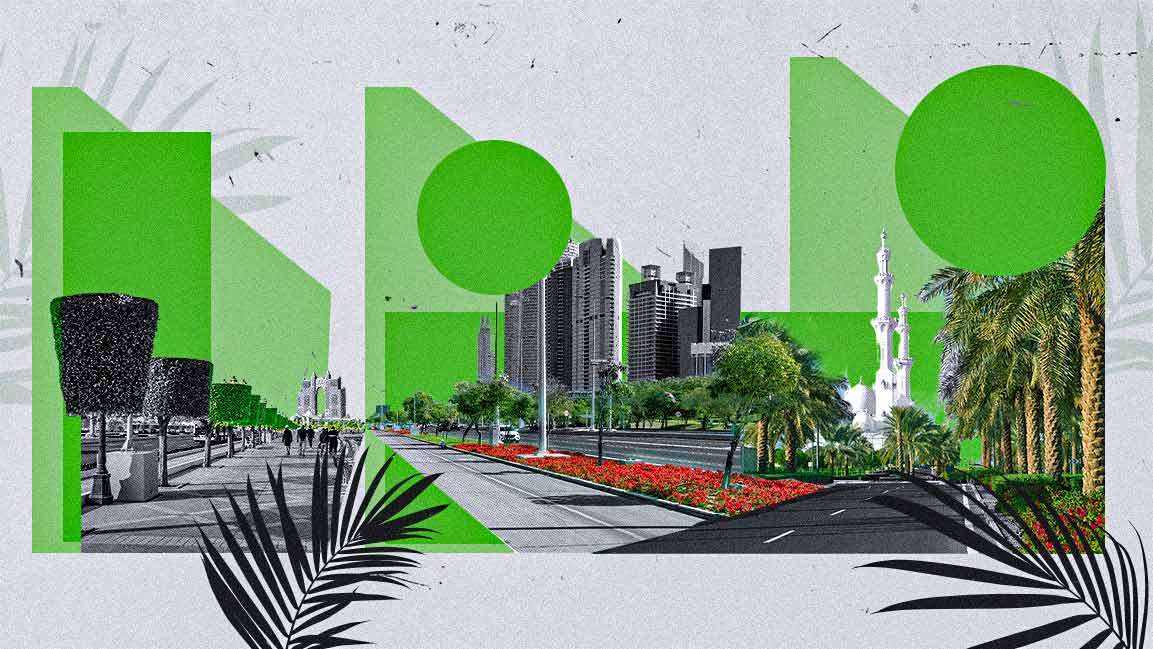
Abu Dhabi teems with life. Joggers wind along green paths lined with neem, palm, and other native plants. Children skip rope, while couples rest on benches on the manicured waterfront.
A green wave is sweeping across the city, offering an escape from the concrete jungles that have long typified many big cities in the GCC countries.
Forests and vegetation are gaining ground as new parks are built and trees planted, adding to the nature-rich islands and urban wetlands.
Spread across the neighborhoods of Khalifa City, Al Ain, Shakhbout, and MBZ, SLA, a Danish nature-based design studio, has transformed 740,000 m² of previously barren land into 104 vibrant parks filled with local trees, native plants, and shaded walkways.
It’s urban planning for the next stage of development, designed to improve health, biodiversity, and the quality of life as Abu Dhabi evolves into an industrialized, affluent city.
Greening urban space is vital, but are other cities in the region, where more and more people continue moving into them, looking to Abu Dhabi to follow in its footsteps?
“Within GCC cities, sprawling urban development, high temperatures, and rapid population growth have made investment in green spaces increasingly vital,” says Ziad Moukarzel, Partner and Head of Climate and Sustainability for India, the Middle East, and Africa at Oliver Wyman.
Green space does a lot more than bestow beauty. The benefits of urban greening initiatives are increasingly well documented: they can help mitigate the effects of urban heating, significantly improve local biodiversity, and improve physical health and mental well-being.
GREEN SPACE AND ECONOMIC VITALITY
At a time when, in most cities, crazy, convoluted, and headache-inducing designer buildings and glazed skyscrapers standing side by side with bland, cuboid apartment blocks are more our jam, experts say there is a strong correlation between green space investment and economic vitality.
Green space isn’t a luxury in arid regions like the GCC – it’s public health infrastructure, says Rasmus Astrup, Senior Partner and Design Principal at SLA. “Green spaces cool cities, reduce healthcare costs, and enhance livability, directly translating into economic competitiveness.”
“In several of our cases around the globe – from Copenhagen and Toronto to London and Dubai – we have seen a direct correlation between our nature-based designs and economic growth, often with ROI as high as 900 percent.”
When nature is integrated intelligently, Astrup adds, it becomes a force multiplier, raising property values, enhancing businesses, attracting talent, and supporting long-term resilience. “That’s not just good design – it’s sound economics.”
Adding green space to the city’s public realm is also emerging as a clear commercial lever, says Samer Moubarak, Partner with Strategy& Middle East, part of the PwC network. Citing the Dubai 2040 Urban Master Plan as an example, which aims to designate 60 percent of the city’s total area as natural reserves and green zones, he adds, “Properties within walking distance of major green infrastructure can command premiums of up to 20 percent. For developers, this directly impacts pricing, absorption, and overall product positioning.”
The higher values of residential properties near high-quality parks, as various international studies show, Moukarzel says, highlight the strategic importance of green space development for creating livable and economically dynamic cities in the region.
It’s not surprising that developers are working in a similar vein, moving beyond the occasional roof deck or penthouse terrace to install community gardens and plantings that weave from the street to the roof.
“We see more and more private developers embracing the nature-based approach to projects, where resilient and social green spaces are not seen as an add-on, but as the central selling point,” says Astrup.
CHALLENGES IN BUILDING GREEN SPACES
However, in most big cities, there is a tug-of-war between different interests. Despite the known benefits, building green spaces and incorporating clever design present challenges.
“The biggest challenge is mindset,” says Astrup. “Too often, green space is seen as decorative. But in extreme climates, it must be performative. We need to design for shade, water efficiency, biodiversity, and social life – all at once. That demands a new design language rooted in local nature, backed by science, and guided by empathy.”
“When we stop copying tropical gardens and start creating designs that celebrate local nature and culture, our cities will thrive,” he adds.
In the last few years, greening has become integral to urban policy. The Green Riyadh Initiative in Saudi Arabia targets planting 7.5 million trees and developing 3,300 neighborhood parks by 2030. Then there’s Qatar’s Ten Million Trees initiative and Bahrain’s Forever Green program.
But while public investment in flagship green infrastructure is increasing, delivery across the broader urban fabric often lags due to perceived land economics and delivery models, says Moubarak. “It’s often viewed as a lower-return use compared to built-up area, which can lead to fragmented or suboptimal delivery.”
There are several other challenges: acute water scarcity necessitates using treated wastewater, advanced irrigation, and drought-tolerant native species. Moukarzel adds, “Extreme heat requires thoughtful design, including dense shading, microclimate cooling features, and amenities suited for evening use. Car-dependent layouts hinder accessibility, demanding the retrofitting of walkable green corridors.”
Furthermore, legacy urban layouts present obstacles, as freeing up space often requires removing existing structures or restoring areas previously developed over natural features such as wadis.
The opportunity, Moubarak says, lies in bridging that gap by “aligning incentives through mechanisms such as planning gains, zoning levers, or operations and maintenance partnerships, which can drive tangible value creation across both public and private outcomes.”
DATA AND TECHNOLOGY ARE CRITICAL ENABLERS
To turn green infrastructure into a high-performing asset class, it is critical to integrate data and technology into early planning stages, design, and management. “These tools allow cities and developers to monitor impact, optimize upkeep, and align green investment with broader performance goals —whether environmental, social, or financial,” says Moubarak.
Advanced tools such as GIS mapping, satellite imagery, and AI-powered analytics enable precise planning, efficient resource allocation, and real-time monitoring of urban greenery. And such methods, Moukarzel says, “ensure that green investments deliver measurable, sustainable outcomes and allow cities to adapt their strategies as they grow and face evolving climate challenges.”
The overall beneficial effects of green spaces are well established, and it’s increasingly essential to reframe nature as something around us. Even in a dense urban environment, it’s possible to build spaces where residents can access trees and hear birdsong. Small can still be impactful.
“For cities, green integration is no longer just aesthetic; it’s a proxy for economic resilience, livability, and long-term competitiveness,” says Moubarak.









